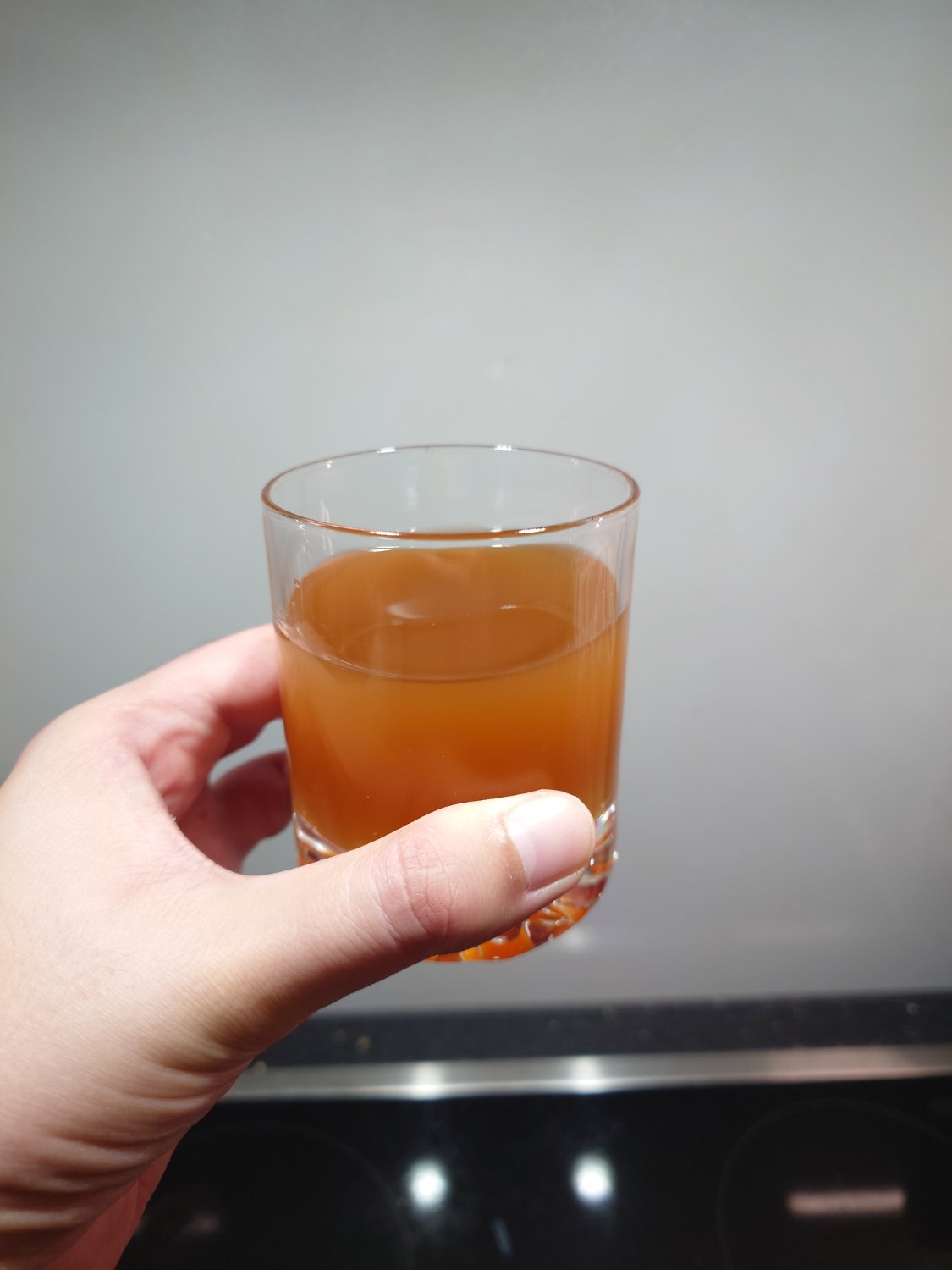this post was submitted on 08 Sep 2025
19 points (100.0% liked)
Homebrewing - Beer, Mead, Wine, Cider
2727 readers
46 users here now
A community dedicated to homebrewing beer, mead, wine, cider and everything in between. If it ferments, bring it over here.
Share recipes, ideas, ask for feedback or just advice.
Some starting points for beginners:
Quick and diry guide to fermenting fruit - cider and wine
founded 2 years ago
MODERATORS
you are viewing a single comment's thread
view the rest of the comments
view the rest of the comments

Could you elaborate on what you mean by "1-cell" steps?
I didn't realise yeasts have "killing features" either... I thought the whole idea with fermentation was to create the right conditions for your favoured micro-organism to out compete the rest!
The pure culture process (pretty much all the stuff invented by Pasteur) is based on isolating a single living cell of yeast and then growing a culture of its genetic clones by natural budding (our brewer yeast lost ability to reproduce by other means some centuries ago). This ensures that chances of mutation are small and there are no other organisms in the culture. It also rejuvenates yeast, as growth conditions in this process are much more favorable and pleasant, so that cells generation can build large energy reserves inside. This is surprisingly low tech, could be done at home (lol that's what I do), but it takes certain discipline, even more cleaning than brewing.
As of killing feature, I'm not sure exactly what it is, but for some lines they report an ability to efficiently inhibit the activity of competing organisms by means others than just outcompeting them in multiplication and consumption of nutrients. These lines should be better for introducing uncooked stuff to fermentation (fruits, berries, spices, maybe raw honey), although I'd say that really vigorous yeast can outcompete almost anything under common conditions, maybe save for really high pitch rate of acetobacter. I don't pay much attention to this feature really, but it's a curiosity IMO.
Can you really isolate a single cell without a laboratory?! What sort of equipment? This sounds more involved than just innoculating some wort with a spoonful of yeast sediment...
I tried to look at yeast under a 40x-640x microscope but just saw a brown blur! I presumed you would need expensive stains/ growth media to experiment properly.
It's quite easy and microscope is unnecessary for this. Basically you spread it on petri dish and each dot (colony) originated from one cell.
This yt playlist goes quite deep in to it, you can follow it as instructions for yeast home lab.
https://www.youtube.com/playlist?list=PLZ3Z2428mCTqDFK-3ZSNpZBXJfTaMtRXE
This looks great - thanks a lot!